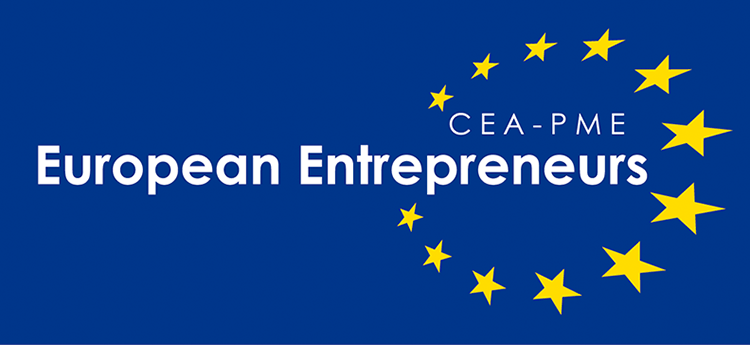Digitalisation Best Practices and Case Studies
Digital transformation means the introduction of new digital elements that change the way the company works or what it delivers. By digital optimisation, we understand the improvement of existing processes through digital technology.
You can find examples of both concepts in the manufacturing and services sectors.
Digital Transformation in Services
Best Practices Video: A Digital Database of Clients Helps Business Grow
It digitalized its database of clients, introducing a Customer Relationship Management (CRM) that significantly helps its capacity to respond to the needs of the market.
Case Study: Using the Digital Cloud to Work Efficiently
The daily process in the company PKN Datenkommunikations GmbH was based around document folders and files, both electronically and paper-based, scattered across different centers. This caused a huge time loss for the staff.
The company introduced centralized cloud hosting services which locate all data in one single central place. Regular backups increase data security. Employees access the data files via a document management system and can thus retrieve them quickly.
By automating its workflows, PKN saved on time and human resources. This led to a real competitive advantage due to the faster delivery of services.
Read how digital optimisation helped this company manage its workflows more efficintly in our case study.
Digital Transformation in Manufacturing
Best Practices Video: 3D Printing Makes the Production Process Faster and Cheaper
The company introduced 3D printing in its planning, speeding up production significantly and making the process more reliable and cost-effective.
Case Study: Increase the Efficiency of Products Through Data Analysis
Trough data transmission, the machines can be monitored from a distance. This makes it possible to make predictions about their future behaviour and apply any necessary changes accordingly. By continuously analysing the running behaviour , the manufacturer can find room for improving their performances.
Read how digital transformation helped develop this new product and the associated services in our case study.
Digital Optimisation in Manufacturing
Best Practices Video: Digital Technology Makes the Acquisition of Materials and Parts Easier
Through the use of new digital technology aimed at the instant exchange of information, the company renewed its department in charge of acquiring materials and pieces to use during its manufacturing process.
This significantly smoothed the work process, helping to increase production.
Digital Optimisation in Services
Best Practices Video: A Digital Database For Real Time Checks Facilitates Management
The company introduced, through digital monitoring, real-time cross-checking databases in its application. This caused significant savings of time and money in the management of the service.
Case Study: Staff Coordination Via A Digital App
To face this problem, they developed a tailored program together with a software developer. The program and the associated app automatically check the availability of the employees and compare them with the timing selected by the clients.
Instead of 2-3 days, the weekly personnel planning now only takes 1-2 hours. Employees can process customer orders faster and more easily. Which means the company can accept more orders.
Read how digital optimisation helped this company grow in our case study.
Disclaimer: all DigitaliseSME case studies and best practices videos have been provided by BVMW, DigitaliseSME partner in Germany, and its Mittelstand 4.0 Competence Center in Berlin.
Contact
European Entrepreneurs CEA-PME
Avenue de la Renaissance 1, B - 1000 Brussels
info@wordpress.local
Useful Information


The Pilot Project DigitaliseSME is co-financed by DG CONNECT of the European Commission, on proposal of the European Parliament.
The content of this website reflects only the authors' views, i.e. that of the partners of the project <DigitaliseSME>. The European Commission is not responsible for any use that may be made of the information it contains.
